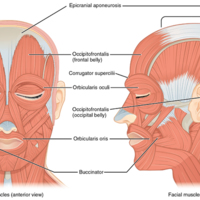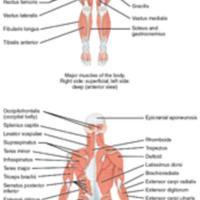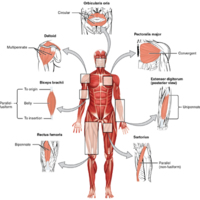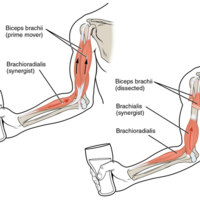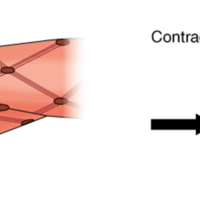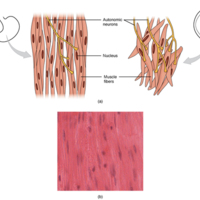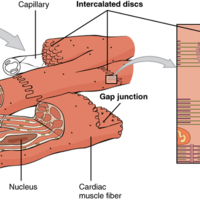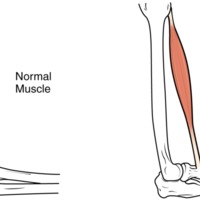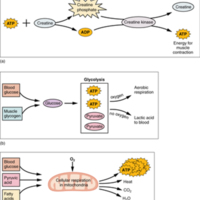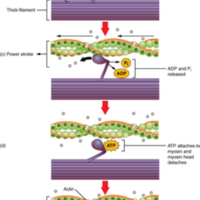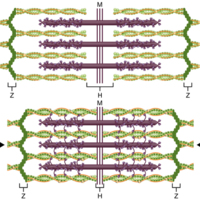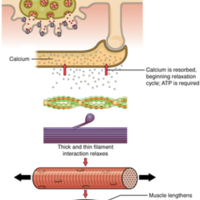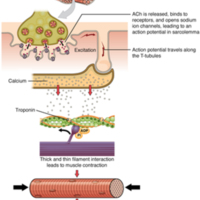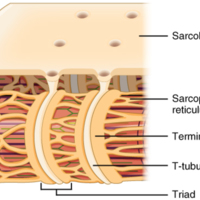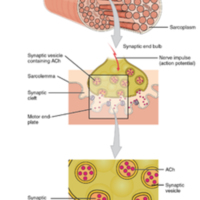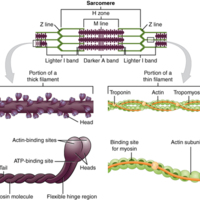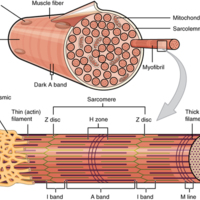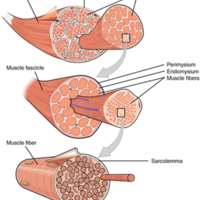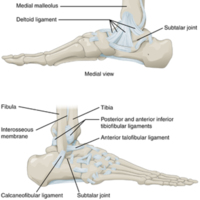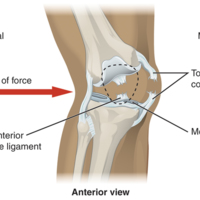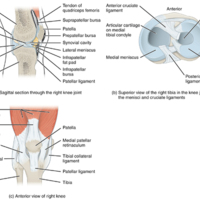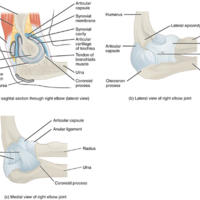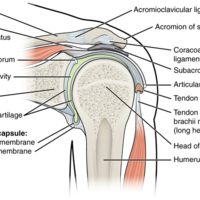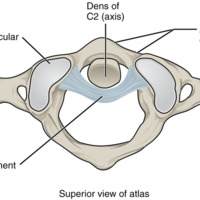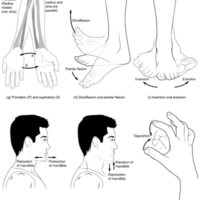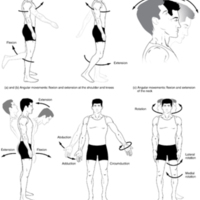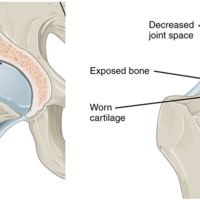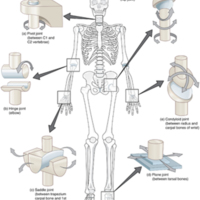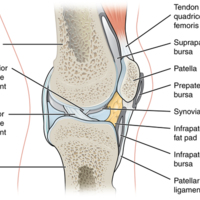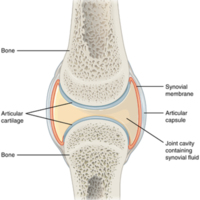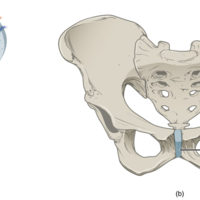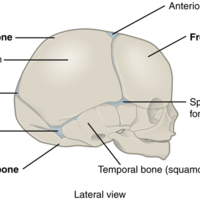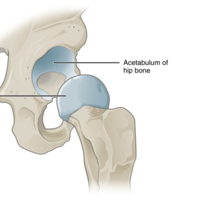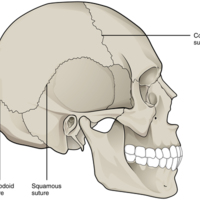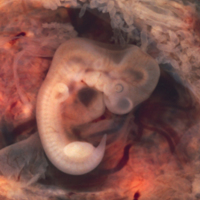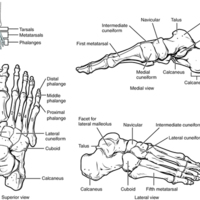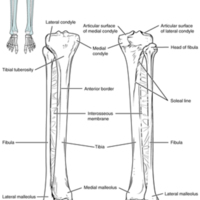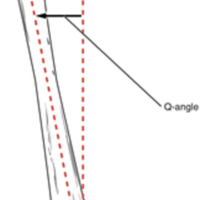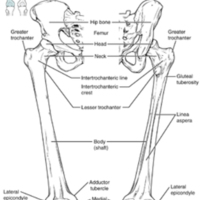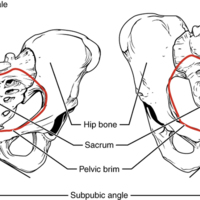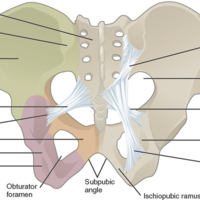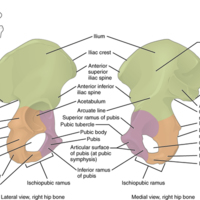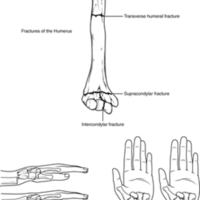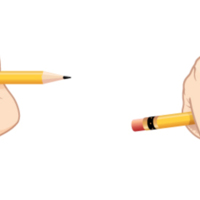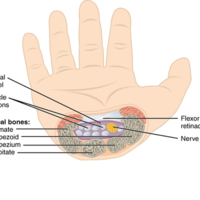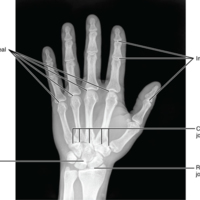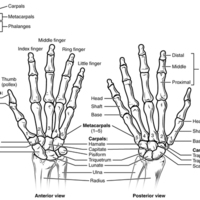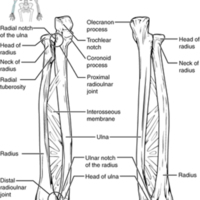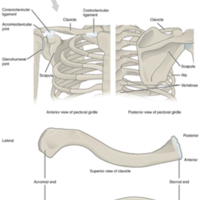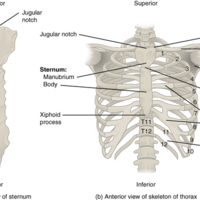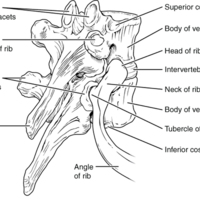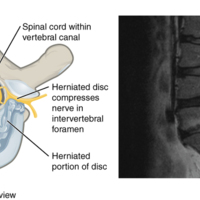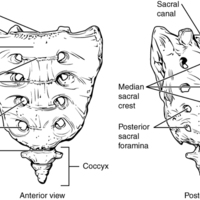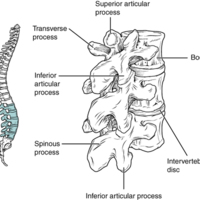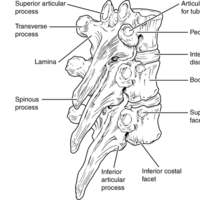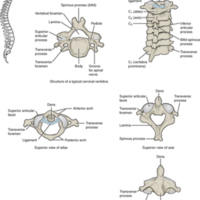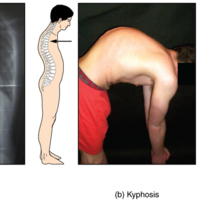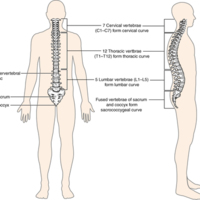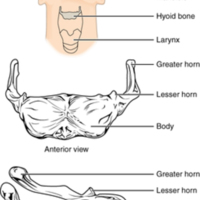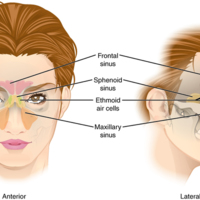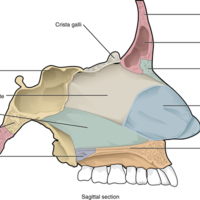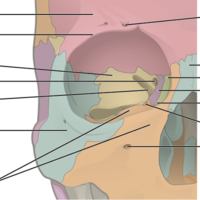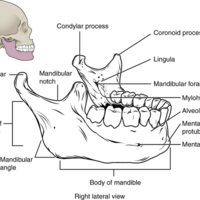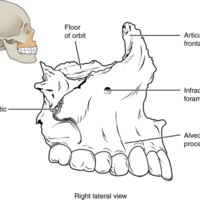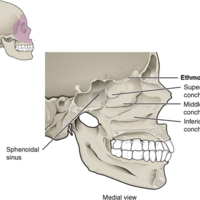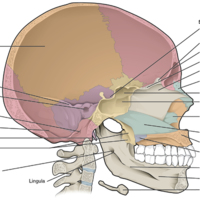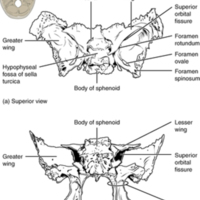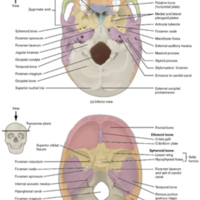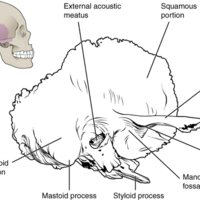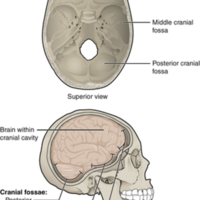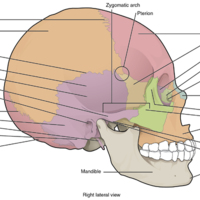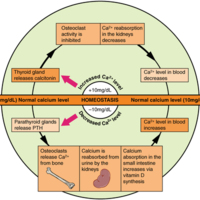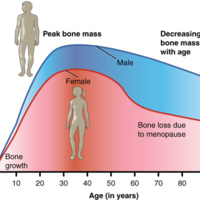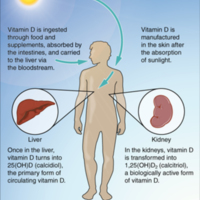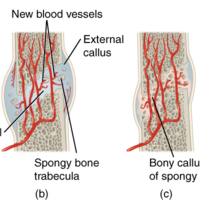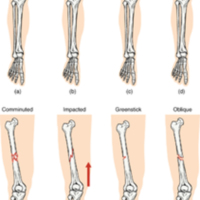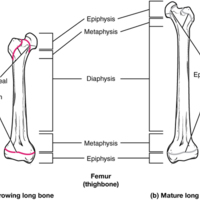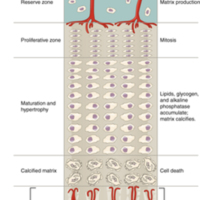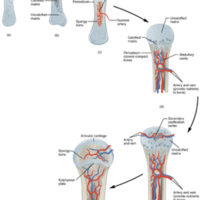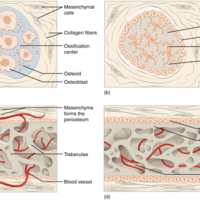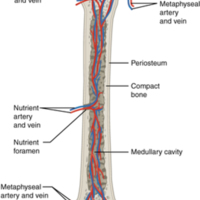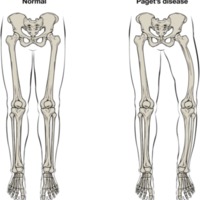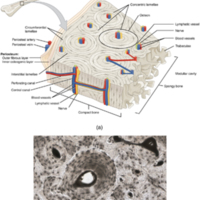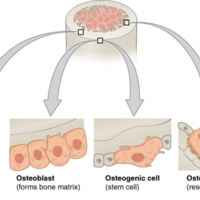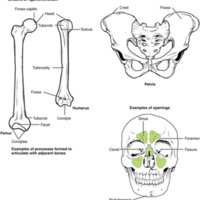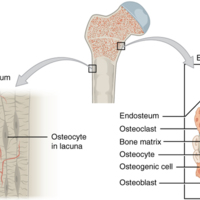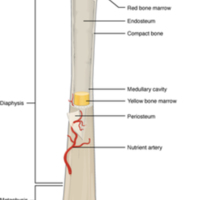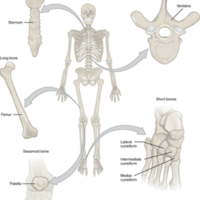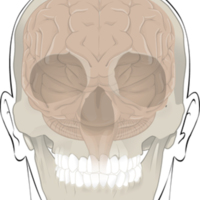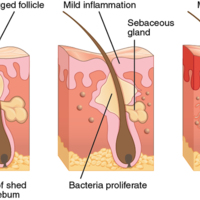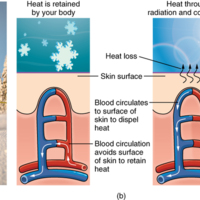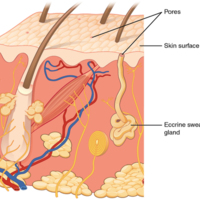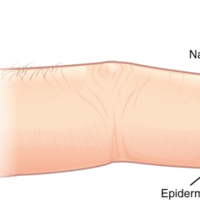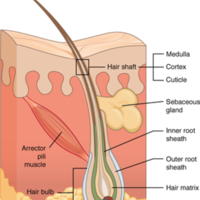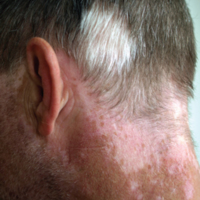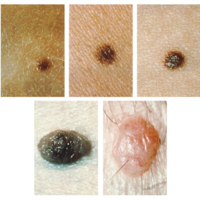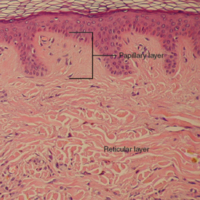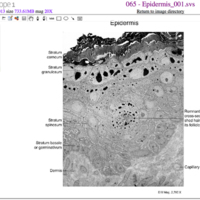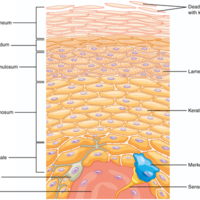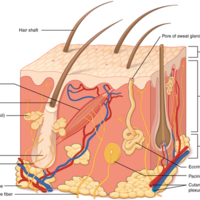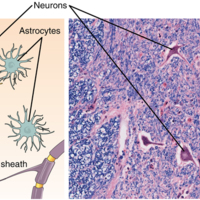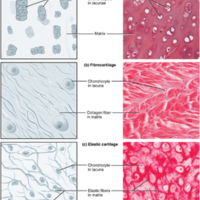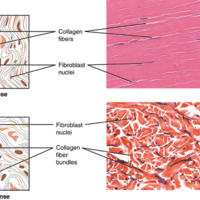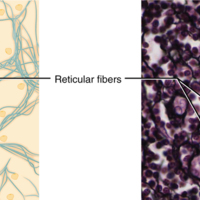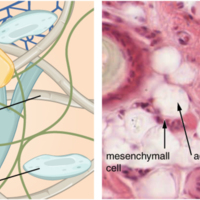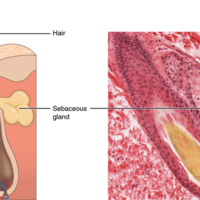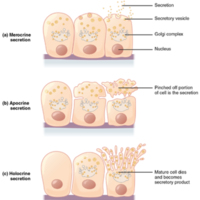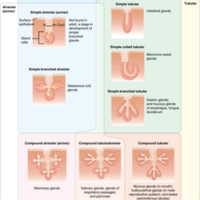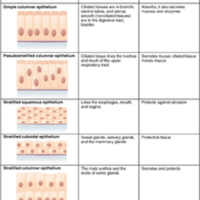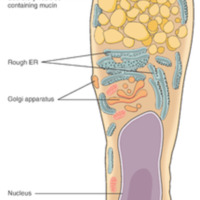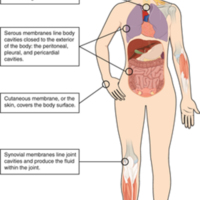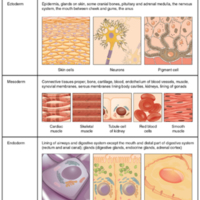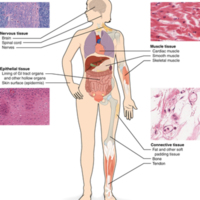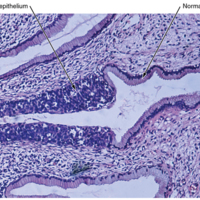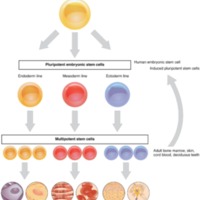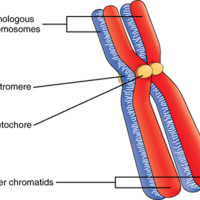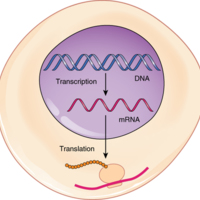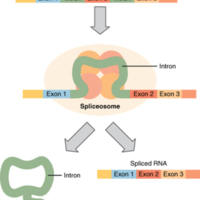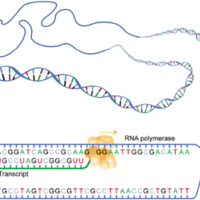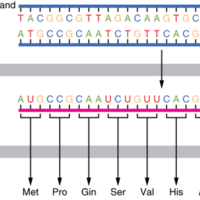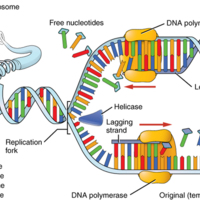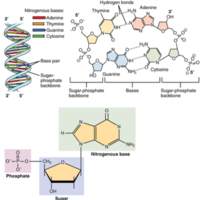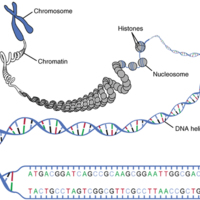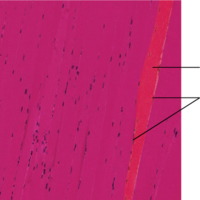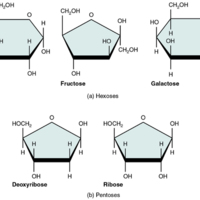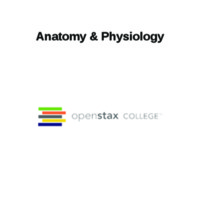Browse Items (150 total)
- Tags: Anatomy & Physiology
The Nose and its Adjacent Structures
Muscles of Facial Expression
Overview of the Muscular System
Muscle Shapes and Fiber Alignment
Prime Movers and Synergists
Motor Units
Muscle Contraction
Smooth Muscle Tissue
Cardiac Muscle
Atrophy
Tags: Anatomy & Physiology, Atrophy, biology, Human Anatomy
Types of Muscle Contractions
Muscle Metabolism
Skeletal Muscle Contraction
The Sliding Filament Model of Muscle Contraction
Relaxation of a Muscle Fiber
Contraction of a Muscle Fiber
The T-tubule
Tags: Anatomy & Physiology, biology, T-tubule
Motor End-Plate and Innervation
The Sarcomere
Tags: Anatomy & Physiology, Sarcomere
Muscle Fiber
Tags: Anatomy & Physiology, Muscle Fiber
The Three Connective Tissue Layers
The Three Types of Muscle Tissue
Ankle Joint
Tags: Anatomy & Physiology, Ankle Joint
Knee Injury
Tags: Anatomy & Physiology, Knee Injury
Knee Joint
Tags: Anatomy & Physiology, Knee Joint
Hip Joint
Tags: Anatomy & Physiology, Hip Joint
Elbow Joint
Tags: Anatomy & Physiology, Elbow Joint
Glenohumeral Joint
Temporomandibular Joint
Atlantoaxial Joint
Movements of the Body, Part 2
Tags: Anatomy & Physiology, Body, Movement
Movements of the Body, Part 1
Tags: Anatomy & Physiology, Body, Movements
Osteoarthritis
Types of Synovial Joints
Bursae
Tags: Anatomy & Physiology, Bursae
Synovial Joints
Cartiliginous Joints
The Newborn Skull
Fibrous Joints
Multiaxial Joint
Suture Joints of Skull
Tags: Anatomy & Physiology, Skull
Clubfoot
This photograph shows a baby with a clubfoot.Clubfoot is a common deformity of the ankle and foot that is present at birth. Most cases are corrected without surgery, and affected individuals will grow up to lead normal, active lives.…
Tags: Anatomy & Physiology, Clubfoot
Embryo at Seven Weeks
Tags: Anatomy & Physiology, Embryo, Seven Weeks
Bones of the Foot
Tags: Anatomy & Physiology, Bones, Foot
Tibia and Fibula
Tags: Anatomy & Physiology, Fibula, Tibia
The Q-Angle
Tags: Anatomy & Physiology, Q-Angle
Femur and Patella
Tags: Anatomy & Physiology, Femur, Patella
Male and Female Pelvis
Ligaments of the Pelvis
Tags: Anatomy & Physiology, Ligaments, Pelvis
The Hip Bone
Tags: Anatomy & Physiology, Hip Bone
Pelvis
Tags: Anatomy & Physiology, Pelvis
Fractures of the Humerus and Radius
Tags: Anatomy & Physiology, Fractures, Humerus, Radius
Hand During Gripping
Tags: Anatomy & Physiology, Hand
Carpal Tunnel
Bones of the Hand
Tags: Anatomy & Physiology, Bones, Hand
Bones of the Wrist and Hand
Tags: Anatomy & Physiology, Bones, Hand, Wrist
Ulna and Radius
Tags: Anatomy & Physiology, Radius, Ulna
Humerus and Elbow Joint
Tags: Anatomy & Physiology, Elbow Joint, Humerus
Scapula
Tags: Anatomy & Physiology, Scapula
Pectoral Girdle
Newborn Skull
Thoracic Cage
Rib Articulation in Thoracic Vertebrae
Ligaments of Vertebral Column
Herniated Intervertebral Disc
Sacrum and Coccyx
Tags: Anatomy & Physiology, Coccyx, Sacrum
Lumbar Vertebrae
Thoracic Vertebrae
Cervical Vertebrae
Intervertebral Disc
Parts of a Typical Vertebra
Osteoporosis
Tags: Anatomy & Physiology, Osteoporosis
Abnormal Curvatures of the Vertebral Column
Vertebral Column
Hyoid Bone
Tags: Anatomy & Physiology, Hyoid Bone
Paranasal Sinuses
Nasal Septum
Tags: Anatomy & Physiology, Nasal Septum
Bones of the Orbit
Tags: Anatomy & Physiology, Bones
Maxillary Bone
Lateral Wall of Nasal Cavity
Ethmoid Bone
Tags: Anatomy & Physiology, Ethmoid Bone
Sagittal Section of Skull
Sphenoid Bone
Posterior View of Skull
Tags: Anatomy & Physiology, Skull
External and Internal Views of Base of Skull
Tags: Anatomy & Physiology, Skull
Temporal Bone
Cranial Fossae
Lateral View of Skull
Tags: Anatomy & Physiology, Skull
Anterior View of Skull
Tags: Anatomy & Physiology, Skull
Parts of the Skull
Tags: Anatomy & Physiology, Skull
Axial and Appendicular Skeleton
Pathways in Calcium Homeostasis
Graph Showing Relationship Between Age and Bone Mass
Tags: Age, Anatomy & Physiology, Bone Mass
Stages in Fracture Repair
Tags: Anatomy & Physiology, Body, Fracture
Types of Fractures
Tags: Anatomy & Physiology, Body, Fractures
Progression from Epiphyseal Plate to Epiphyseal Line
Longitudinal Bone Growth
Endochondral Ossification
Intramembranous Ossification
Diagram of Blood and Nerve Supply to Bone
Paget's Disease
Diagram of Spongy Bone
Diagram of Compact Bone
Bone Cells
Tags: Anatomy & Physiology, Bone Cells
Bone Features
Anatomy of a Flat Bone
Periosteum and Endosteum
Tags: Anatomy & Physiology, Endosteum, Periosteum
Anatomy of a Long Bone
Bones Protect Brain
Acne
Tags: Acne, Anatomy & Physiology
Thermoregulation
Eccrine Gland
Nails
Tags: Anatomy & Physiology, Body, Nails
Hair
Tags: Anatomy & Physiology, Body, Hair
Vitiligo
Tags: Anatomy & Physiology, Vitiligo
Moles
Tags: Anatomy & Physiology, Moles
Skin Pigmentation
Layers of the Dermis
Cells of the Epidermis
Layers of the Epidermis
Layers of Skin
Nervous Tissue
Tags: Anatomy & Physiology, Nervous Tissue, Tissue
Types of Cartilage
Dense Connective Tissue
Reticular Tissue
Connective Tissue Proper
Tags: Anatomy & Physiology, Tissue
Sebaceous Glands
Modes of Glandular Secretion
Summary of Epithelial Tissue Cells
Goblet Cell
Tags: Anatomy & Physiology, Cell, Goblet Cell
Tissue Membranes
Embryonic Origin of Tissues
Tags: Anatomy & Physiology, Embryonic, Tissues
Four Types of Tissue: Body
Tags: Anatomy & Physiology, Body, Types of Tissue
Micrograph of Cervical Tissue
Stem Cells
Tags: Anatomy & Physiology, Stem Cells
A Homologous Pair of Chromosomes with their Attached Sister Chromatids
From DNA to Protein: Transcription through Translation
Splicing DNA
Tags: Anatomy & Physiology, DNA
Transcription: from DNA to mRNA
The Genetic Code
Tags: Anatomy & Physiology, Genetic, Genetic Code
DNA Replication
Molecular Structure of DNA
Tags: Anatomy & Physiology, DNA
DNA Macrostructure
Tags: Anatomy & Physiology, DNA
Multinucleate Muscle Cell
Tags: Anatomy & Physiology, Muscle Cell
Monosaccharides
The remaining…
Anatomy & Physiology
in mind: accessibility, customization, and student engagement—helping students reach high levels of academic…
Tags: anatomy, Anatomy & Physiology, Physiology



